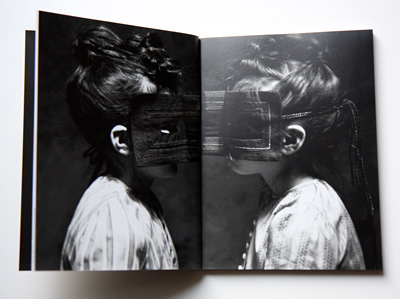OK Festival: A Treasure Trove of Indie Magazines

Cover of a recent issue of Cut Magazine
This weekend, Villa Sonsbeek in The Netherlands hosts O.K. Festival: 3 Days of Magazines, an event curated by O.K Parking. The weekend promises workshops, lectures, more than 100 independent magazines and a dance party at the event’s conclusion. The festival’s mission statement feels like coming home: “Under the title ‘Welcome Magazines,’ O.K. Festival presents the energy and the visual explosion of strange, beautiful and original magazines. One by one they present an answer to the uniformity of the mass media. The printed media are falling victim to increasingly strict formats. Sales figures reign. In the gaping hole they leave behind the independent magazine manifests itself. Everything that is excluded by the mainstream media finds its place here.”
Panels include “On the Value of Independent Magazine Culture,” “What Drives Magazine Makers?” “Editor vs. Designer,” “Ten Moments in Magazine History” and, of course, “Surviving in Print.” There are also a couple of hands-on workshops, such as “Making a Magazine with Stencilprinting.” If only we’d heard about this festival sooner! If we’re lucky, recordings of the panels might be available on the O.K. Festival Vimeo page, which currently houses a couple of interviews with festival participants.

Even if you’re nowhere near The Netherlands, the O.K. Festival website is still a fantastic resource for discovering new magazines. A couple of new-found brothers and sisters:
At first sight, Sang Bleu is all about tattoos, body modification and fetish, but Sang Bleu offers more than that. It provides a precise insight into modern urban society. That is why art, fashion, sociology and literature are also featured in Sang Bleu.
Dabireh is a Collective of young Iranian graphic designers who share a passion for calligraphy and typography and have a keen interest in the history and theories of Persian language and writing system.
Lumpen Magazine. lum·pen adj. 1. Of or relating to dispossessed, often displaced people who have been cut off from the socioeconomic class with which they would ordinarily be identified: lumpen intellectuals unable to find work in their fields. A member the underclass, especially the lowest social stratum. 2. Vulgar or common; plebeian
Anorak. The happy mag for kids.
Many more beautiful magazines listed here! [via Courtney Riot]















